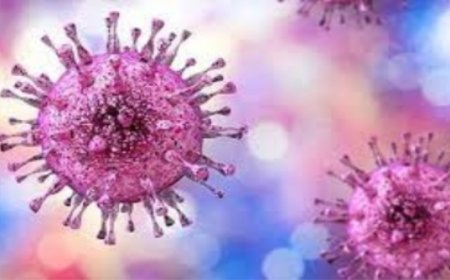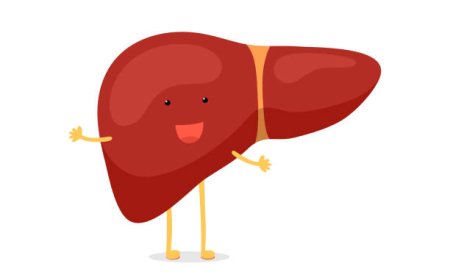How to Confirm Whether Sperm Went Inside
Learn how to confirm whether sperm has entered the body with this informative guide. From self-examination to STI testing, discover the various methods to determine sperm presence and ensure sexual health.

How to Confirm Whether Sperm Went Inside
As women, we often worry about whether sperm has successfully entered our body after having intercourse. The fear of unplanned pregnancy or sexually transmitted infections (STIs) can cause anxiety, stress, and uncertainty. However, there are ways to confirm whether sperm has gone inside or not. In this article, we will explore various methods to determine whether sperm has entered the body and what to do next.
Introduction
The uncertainty of whether sperm has entered the body can be overwhelming for women. However, it is important to remember that there are ways to confirm whether sperm has gone inside or not. By understanding the basics of sperm and the various methods to determine its presence, women can make informed decisions about their sexual health.
Understanding the Basics of Sperm
Before we dive into the methods to confirm whether sperm has entered the body, it is important to understand the basics of sperm. Sperm is a microscopic cell that is produced in the testicles of men. Its sole purpose is to fertilize a woman's egg to create a pregnancy. Sperm can live inside the female body for up to 5 days, making it possible for a woman to get pregnant even if intercourse occurred several days before ovulation.
Signs that Sperm May Have Entered the Body
There are several signs that sperm may have entered the body after intercourse. Some of the most common signs include:
- Feeling wet or sticky in the vaginal area
- Seeing semen on the vulva or in the vaginal canal
- Feeling a warm sensation in the genital area
- Experiencing cramping or spotting
However, these signs do not necessarily mean that sperm has entered the body. It is possible for these symptoms to occur even if sperm did not make its way inside.
Methods to Confirm Whether Sperm Has Entered the Body
There are several methods to confirm whether sperm has entered the body. Some of the most common methods include:
1. Self-Examination
After intercourse, women can perform a self-examination to check for the presence of semen in the vaginal canal. To do this, women should wash their hands and insert one or two fingers into the vaginal canal. If semen is present, it will feel wet and slippery.
2. Pregnancy Test
While pregnancy tests are designed to confirm pregnancy, they can also detect the presence of the hormone human chorionic gonadotropin (hCG) in the body. This hormone is only present when a fertilized egg has implanted in the uterus. Women can take a pregnancy test a few weeks after intercourse to determine whether sperm has successfully fertilized an egg.
3. STI Testing
If there is a concern about STIs, women can get tested to determine whether any infections are present. STI testing involves a pelvic exam and the collection of samples from the vaginal canal. These samples are then sent to a laboratory for analysis.
What to Do Next
If it is determined that sperm has entered the body, women have several options. If pregnancy is not desired, emergency contraception can be taken to prevent pregnancy. It is important to remember that emergency contraception is most effective when taken as soon as possible after intercourse.
If there is a concern about STIs, treatment should be sought immediately. It is important to remember that some STIs can be asymptomatic, meaning that they do not show any symptoms. Regular STI testing is recommended for sexually active individuals.
Conclusion
The fear of whether sperm has entered the body can be overwhelming for women. However, by understanding the basics of sperm and the various methods to determine its presence, women can make informed decisions about their sexual health. Self-examination, pregnancy tests, and STI testing are all effective ways to confirm whether sperm has entered the body. If pregnancy is not desired, emergency contraception can be taken, and if there is a concern about STIs, treatment should be sought immediately.
It is important to remember that communication with sexual partners is crucial for ensuring sexual health and safety. Discussing the use of condoms or other forms of protection can help prevent unwanted pregnancies and STIs. Regular STI testing is also recommended for sexually active individuals to catch any infections early and prevent the spread to others.
What's Your Reaction?






















































